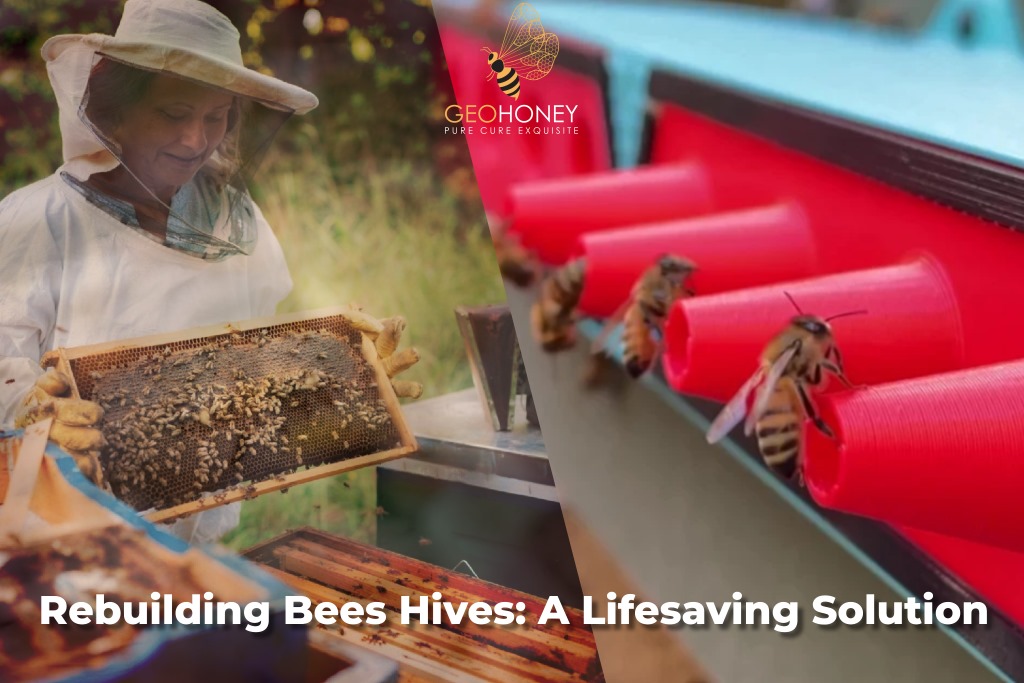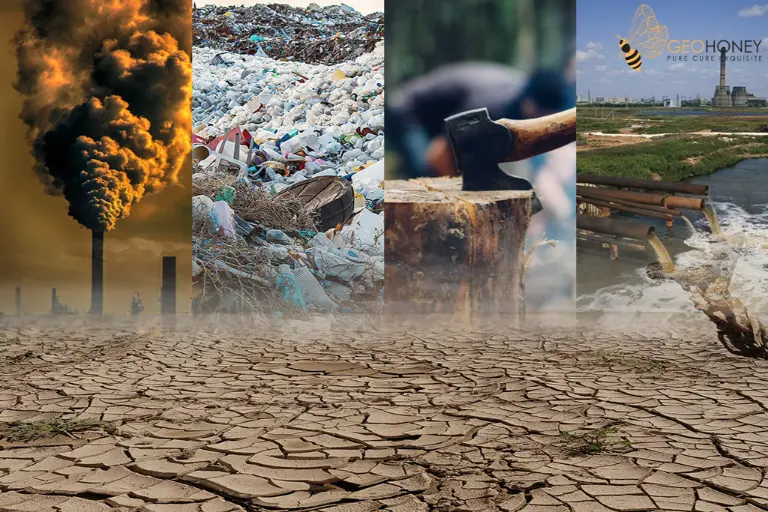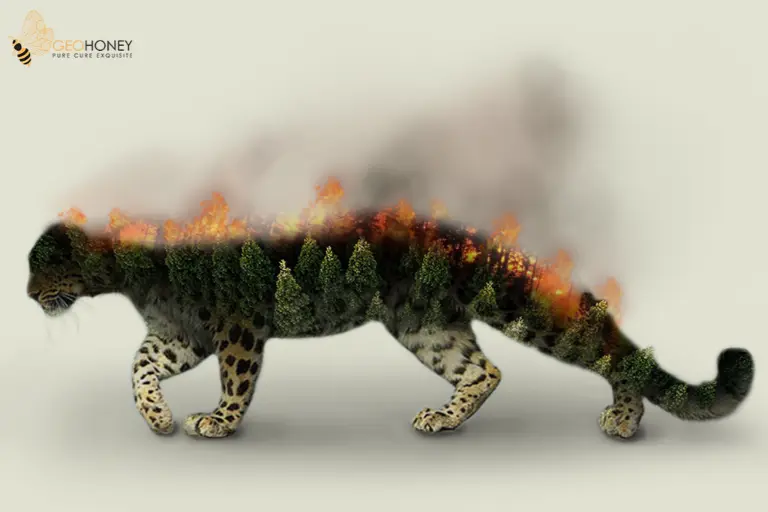- Tokyo: 01:02
- Singapore: 00:02
- Dubai: 20:02
- London: 16:02
- New York: 11:02
Bees Can Now Have Their Hives Rebuilt, and it Could Save Their Lives

ProtectaBEE is a honey bee hive entrance that can aid in the protection of pollinators against pests and diseases. Beekeepers around the country have encountered a variety of hurdles in recent years when it comes to managing their bee colonies, including changing climate and parasites, particularly varroa mites. The mites feed on honeybees and are capable of spreading viruses within hives.
This spring, beekeepers across the country reported significant colony losses. According to Rod Scarlett, executive director of the Canadian Honey Council, honey producers in Alberta, Manitoba, and Ontario lost 40 to 45 percent of their bees earlier this year, while losses in Quebec reached 60 percent.
Erica Shelley, the founder of Best For Bees, a research and development company for beekeepers based in Kitchener, intended to address this issue. On ProtectaBEE, she worked with Peter Kevan, a researcher at the University of Guelph. The ProtectaBEE device is red and features nozzles for the hive's entrance and exit.
The hive entrance was originally designed for bee vectoring, a procedure pioneered by Kevan and other University of Guelph researchers in which bees travel through a biocontrol powder and shake it off onto fields while collecting pollen. The biocontrol powder both preserves crops and combats the parasitic varroa mite.
"That's still in the works; it'll be a few years," Shelley remarked.
However, Shelley discovered other benefits when trying the product.
"The red colour actually is not easily seen by other insects," she went on to explain.
"It actually is a protection against wasps, hornets, yellow jackets, and even robbing bees from other hives," Shelley explained, adding that it also protects against skunks and mice.
ProtectaBEE is currently recognised on a global scale. The device received a silver prize from the World Beekeeping Awards, which were presented last month during the Apimondia International Apicultural Congress in Chile. According to Shelley, there were roughly 20 entries from developers and inventors all across the world, ranging from enormous equipment to tiny inventive concepts.
"To have the world's experts look at your thing that you've invented and they've seen so many inventions come through over the years and then to award a medal to it, it was just that kind of honour," she went on to say.
"It also means we're on the right track and what we're working on is something that has meaning and is obviously worthwhile."
Enid Brown, a World Bee Awards director, noted that the judges are all professional beekeepers who "study all the exhibits and look to see how practical they are and if the invention would be suitable to use."
"They are aware of other products on the market and take into consideration whether this is a true invention or something that has been altered," Brown said in an email to CBC News.
Shelley used Kevan's earlier research and built on it to create ProtectaBEE, which he describes as a smart idea because it's simple and quick to use. Now, he says, the goal is to get more people to utilise it.
"It certainly would be useful, I think, to the commercial side of beekeeping, honey production and honey bee protection," he told the Canadian Broadcasting Corporation (CBC). "It's got to be accepted by the industry and used by the industry of course and will catch on."
Kevan also stated that he would encourage government organisations and commercial agricultural producers to consider ProtectaBEE as a viable option for maintaining healthy bees. He claims that in his experience, these organisations have failed to recognise Canadian-led research into bee health, despite the fact that he feels Canada is a leader in the field.
"It's been very much sort of a ho hum response from government funding agencies and the ho hum response from the bigger established commercial entities," he told reporters.
Project Involving Bee Data
Shelley and Best For Bees also launched a Big Bee data campaign at the conference. She hopes it will be a tool to collect data from beekeepers all around the world in order to spot patterns.
"It might be pollution, it might be diversity, it might be pests, it might be forage that's available and that, with using machine-learning, we can actually answer these big questions quickly," she said.
"So we're trying to have this movement … so that beekeepers can help beekeepers to solve the world's bee crisis." Shelley feels strongly about bee conservation.
"Bees are very important for our environment and also our food security," she went on to say. "Our ability to eat good food goes hand-in-hand with their survival."
Source: cbc.ca



